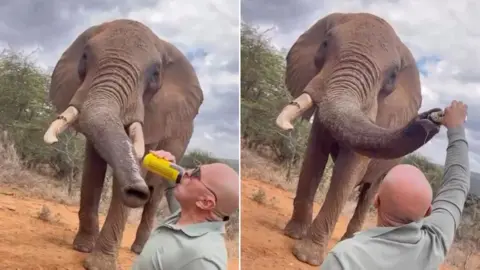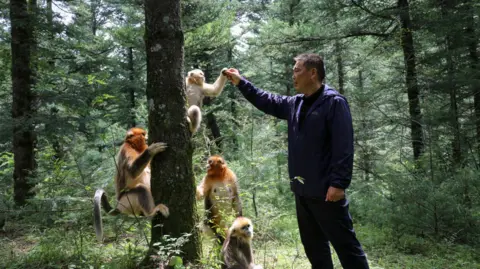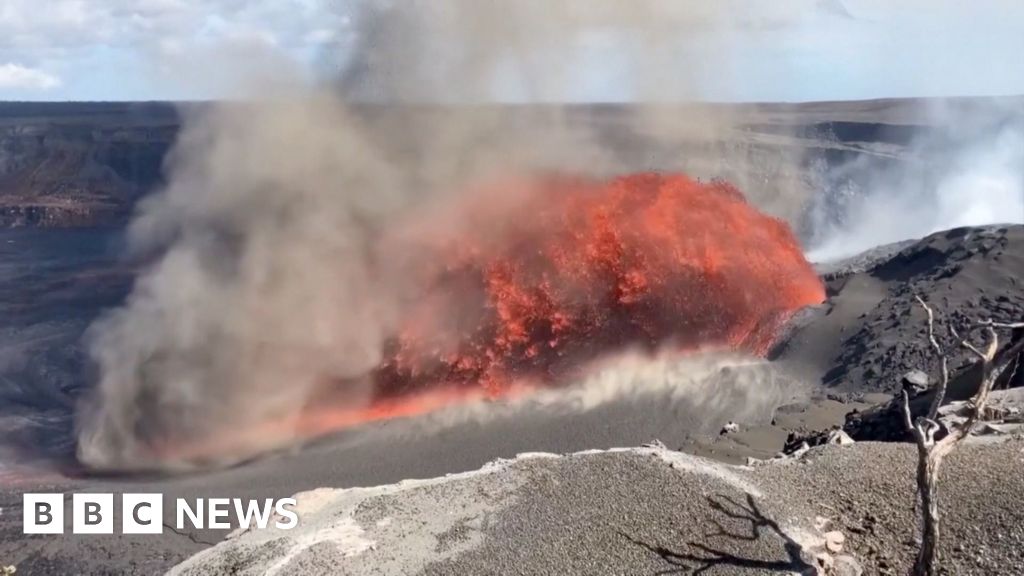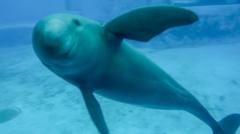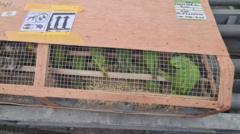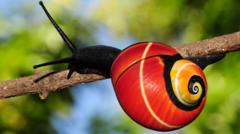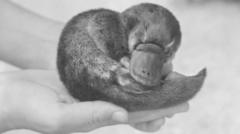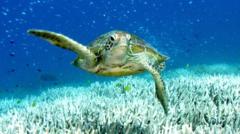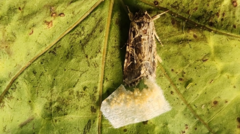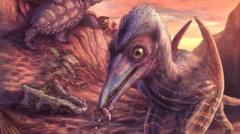When the aviary door opened, the five young ʻalalā hesitated, taking in their surroundings for the first time. These glossy black birds, a fraction of their dwindling population, are part of a crucial reintroduction effort managed by a coalition of conservation bodies. Instead of releasing them on the Big Island, where previous efforts resulted in predation from hawks, the decision was made to set them free on Maui, aiming to provide a safe environment for their re-establishment.
Ecologist Alison Greggor of the San Diego Zoo Wildlife Alliance emphasized the importance of this new strategy, stating, “They are shouldering all of the hopes of their species.” The previous challenges faced by captive-raised ʻalalā included unsuccessful instillation of fear towards hawks, which resulted in significant loss. From 2016 to 2019, out of 30 released birds, many initially thrived, but were gradually lost to predation and other dangers, ultimately leaving only a few that have since returned to human care.
The relocation to Maui represents a new chapter in the ongoing battle to save the ʻalalā from extinction. Wildlife officials hope that if these birds can prosper in their new environment, steps can be taken in the future to revive their population on the Big Island, fostering a renewed chance for survival for these remarkable creatures.
Ecologist Alison Greggor of the San Diego Zoo Wildlife Alliance emphasized the importance of this new strategy, stating, “They are shouldering all of the hopes of their species.” The previous challenges faced by captive-raised ʻalalā included unsuccessful instillation of fear towards hawks, which resulted in significant loss. From 2016 to 2019, out of 30 released birds, many initially thrived, but were gradually lost to predation and other dangers, ultimately leaving only a few that have since returned to human care.
The relocation to Maui represents a new chapter in the ongoing battle to save the ʻalalā from extinction. Wildlife officials hope that if these birds can prosper in their new environment, steps can be taken in the future to revive their population on the Big Island, fostering a renewed chance for survival for these remarkable creatures.


